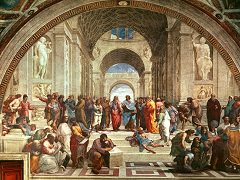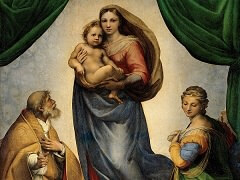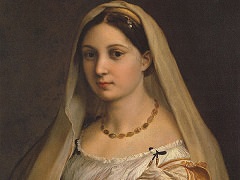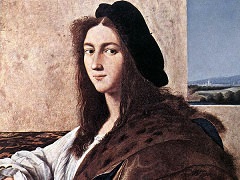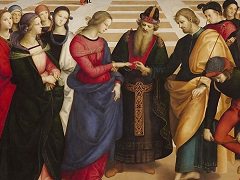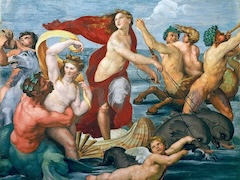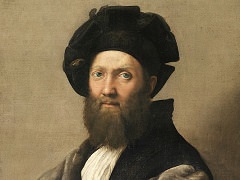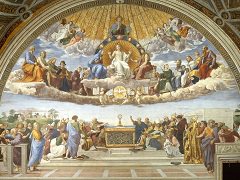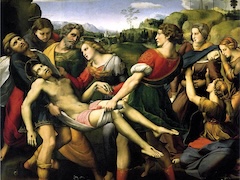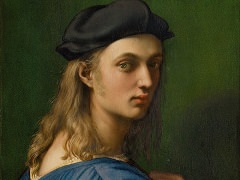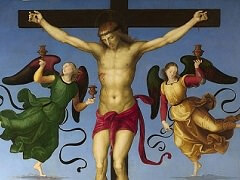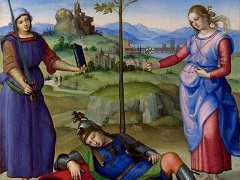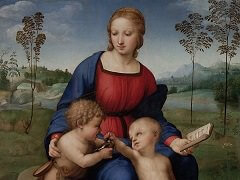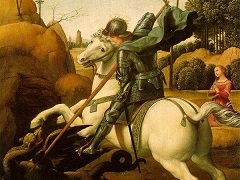Self Portrait, 1506 - by Raphael

Self-portraits are a reflection of the artist's inner self and can reveal much about their personal beliefs, life experiences, and artistic vision. The self-portrait of Raphael is no exception. This painting, created by the renowned Renaissance master, showcases his artistic prowess and offers a glimpse into his life and the world in which he lived.
Raphael was known for his ability to capture the beauty of the human form, his skill in composition, and his mastery of color and light. He was also known for his innovative techniques, such as the use of sfumato, a soft, hazy effect created by blending colors together.
Raphael's self-portrait depicts him as a young man, with his face turned slightly to the left and his gaze fixed upon the viewer. He is shown wearing a black beret, a garment that was popular among artists of the time. He is also wearing a white shirt and a simple black cloak, which serves to frame his face and highlight his features.
The painting is an excellent example of Raphael's mastery of the human form. His face is depicted with great detail, capturing the delicate curves and lines that make up the human face. The skin is smooth and lifelike, and the eyes are bright and expressive. The hair is painted with great care, with each strand delicately rendered and adding to the overall realism of the painting.
One of the most striking aspects of Raphael's self-portrait is the intense gaze that he directs towards the viewer. This gaze, combined with the position of his body, creates an impression of confidence and self-assurance. The look in his eyes suggests that he is a man who is comfortable in his own skin and is proud of his artistic abilities.
The background of the painting is simple, with a plain, neutral color serving as a backdrop for Raphael's face. This minimalism serves to direct the viewer's attention solely to the artist himself, highlighting his facial features and expressions. The background also serves to create a sense of timelessness, as though the artist is suspended in a moment in time, forever staring out at the viewer.
The self-portrait of Raphael is more than just a painting of the artist. It is also a window into the world of the Italian Renaissance. During this time, Italy was experiencing a cultural and intellectual revival, with artists, scientists, and philosophers making groundbreaking discoveries and innovations. Raphael was a part of this vibrant artistic community, and his self-portrait serves as a testament to the intellectual and artistic achievements of the era.
The self-portrait of Raphael is a remarkable piece of art that showcases the artist's incredible talent and provides a glimpse into his life and the world in which he lived. This painting is a testament to the power of art to capture the essence of the human spirit and serves as a reminder of the importance of self-expression and self-reflection.

